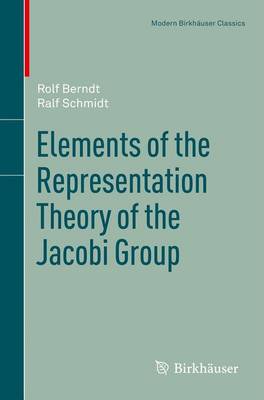After Pyatetski-Shapiro[PS1] and Satake [Sa1] introduced, independent of one another, an early form of the Jacobi Theory in 1969 (while not naming it as such), this theory was given a de?nite push by the book The Theory of Jacobi Forms by Eichler and Zagier in 1985. Now, there are some overview articles describing the developments in the theory of the Jacobigroupandits autom- phic forms, for instance by Skoruppa[Sk2], Berndt [Be5] and Kohnen [Ko]. We refertotheseformorehistoricaldetailsandmanymorenamesofauthorsactive inthistheory,whichstretchesnowfromnumbertheoryandalgebraicgeometry to theoretical physics. But let us only brie?y indicate several- sometimes very closely related - topics touched by Jacobi theory as we see it: * ?eldsofmeromorphicandrationalfunctionsontheuniversalellipticcurve resp. universal abelian variety * structure and projective embeddings of certain algebraic varieties and homogeneous spaces * correspondences between di?erent kinds of modular forms * L-functions associated to di?erent kinds of modular forms and autom- phic representations * induced representations * invariant di?erential operators * structure of Hecke algebras * determination of generalized Kac-Moody algebras and as a ?
nal goal related to the here ?rst mentioned * mixed Shimura varieties and mixed motives. Now, letting completely aside the arithmetical and algebraic geometrical - proach to Jacobi forms developed and instrumentalized by Kramer [Kr], we ix x Introduction will treat here a certain representation theoretic point of view for the Jacobi theory parallel to the theory of Jacquet-Langlands [JL] for GL(2) as reported by Godement [Go2], Gelbart [Ge1] and, recently, Bump [Bu].
- ISBN13 9783034802826
- Publish Date 5 January 2012 (first published 1 January 1998)
- Publish Status Active
- Publish Country CH
- Imprint Birkhauser Verlag AG
- Edition 2nd Revised edition
- Format Paperback
- Pages 213
- Language English
